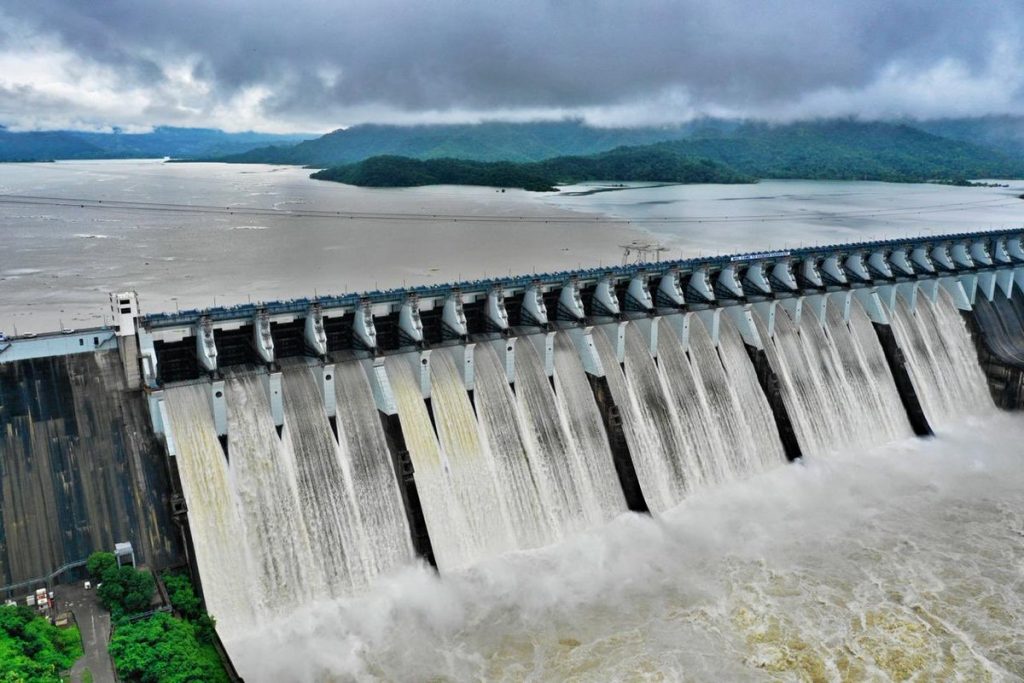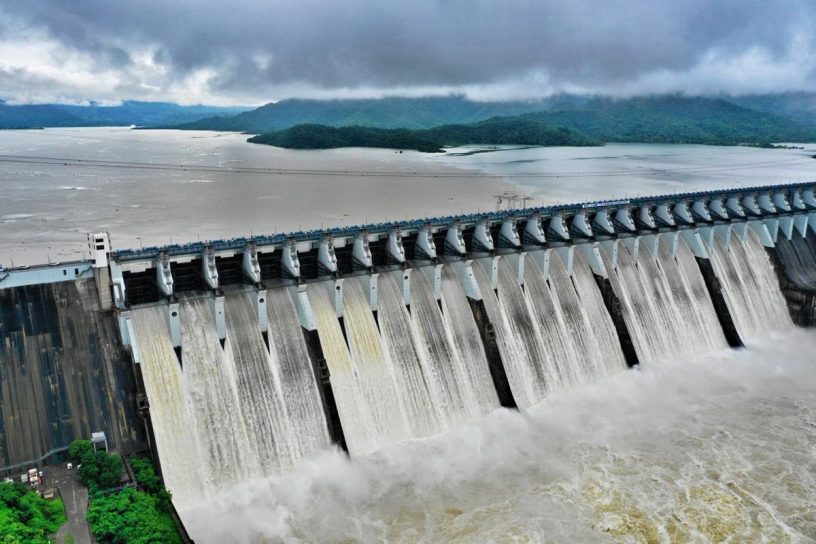
Apparently, environmental health impacts are largely ignored when mega-dam construction projects are undertaken. In the Sardar Sarovar Dam, a hydropower project on the River Narmada in Gujarat, India, community health impacts were not considered in the project’s planning, construction, or execution...
Authors:
Sneha Krishnan, Associate Professor, Jindal School of Environment & Sustainability, O. P. Jindal Global University, Sonipat, Haryana, India.
Shubda Moond, Student, B.A. (HONS.) ENVIRONMENTAL STUDIES, Jindal School of Environment & Sustainability, O. P. Jindal Global University, Sonipat, Haryana, India.
Summary:
Industrialisation is polluting India’s limited drinking water supply. To make matters worse, major river systems are obstructed by hydroelectric projects that disturb the aquatic ecology and the health of nearby communities.
India’s development trajectory continues to be centred on the construction of large dams. India had fewer than 300 major dams at independence in 1947. By the year 2000, there were approximately 4,000 hydroelectric dams. Half of these were constructed between 1971 and 1989. Hydroelectric power is ubiquitous even in the eco-sensitive north-eastern region, for example the Subansiri Lower HE Project in Assam and the Dibang Multipurpose Dam in Arunachal Pradesh. These projects have impacted local ecosystems at an alarming rate.
Apparently, environmental health impacts are largely ignored when mega-dam construction projects are undertaken. In the Sardar Sarovar Dam, a hydropower project on the River Narmada in Gujarat, India, community health impacts were not considered in the project’s planning, construction, or execution. The reservoir’s perimeter raised humidity across the locality, extending the life and range of the area’s mosquitoes and allowing for a prolonged malaria transmission cycle. Health impact studies have linked the construction of dams with the rise of malaria and schistosomiasis.
Water diversion construction projects have also had negative consequences. Studies have linked the reduction process in aquifers and oxidation in the unsaturated zones to be the likely source of arsenic pollution in the delta’s groundwater. The groundwater in the lower Gangetic Basin was impacted by dam and reservoir developments along its tributaries. As a result, water pollution is a major negative impact of the Farakka Barrage, affecting communities downstream.
Dam-induced displacement and forced relocation had a strong impact on the dietary patterns of the tribal population. As grazing lands fell under the dam, livestock levels declined due to the difficulty of getting fodder.
Published in: The Statesman
To read the full article, please click here


